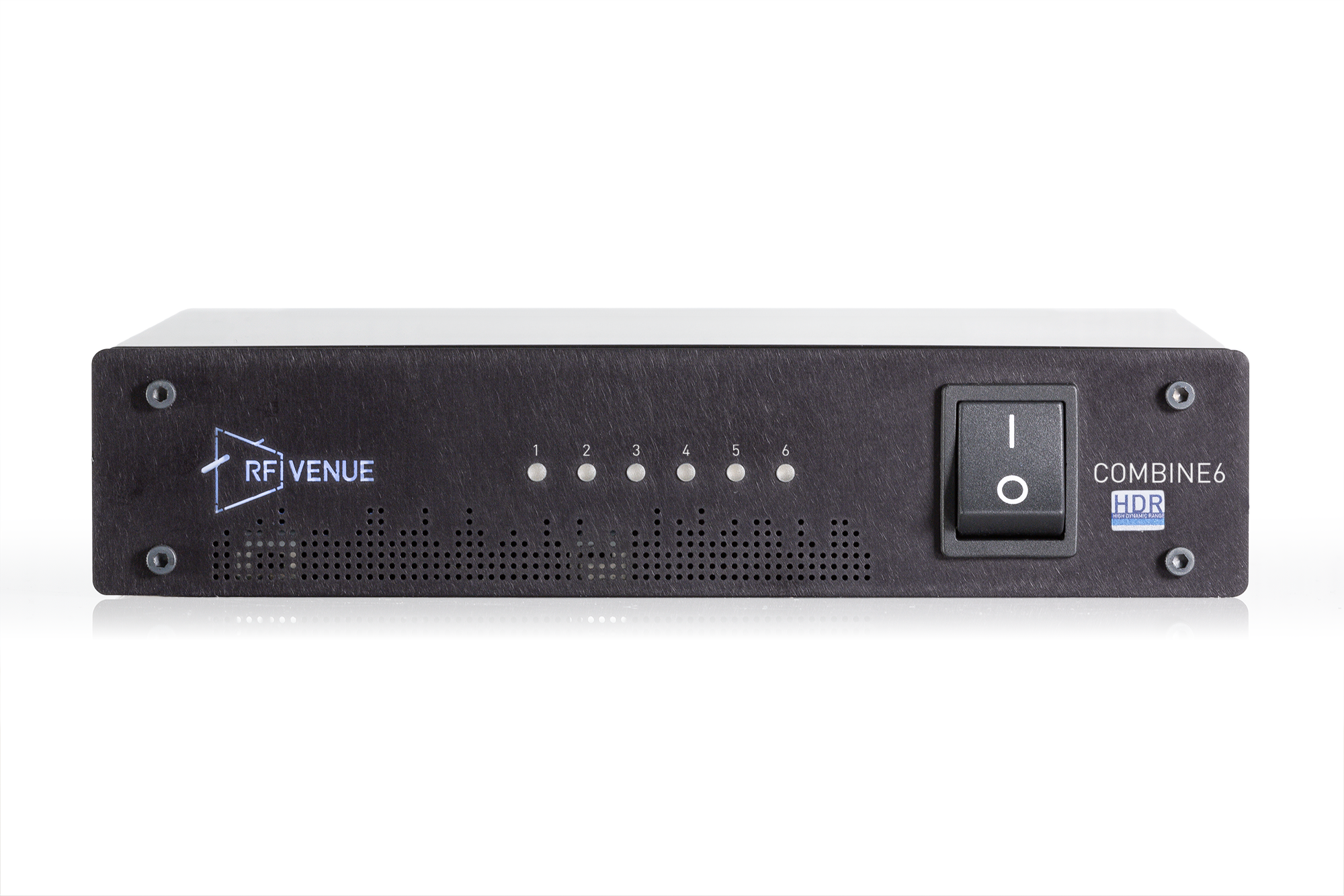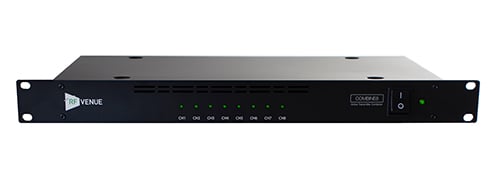- Products
- All Products
- RF PA Extension Kit
- Wireless Microphone Upgrade Packs
- In-Ear Monitor Upgrade Packs
- Wireless Microphone Antennas
- Wireless In-Ear Monitor Antennas
- Antenna Distribution for Microphones
- Antenna Combiners for In-Ear Monitors
- Multi-Zone Antenna Combiners
- Spectrum Tools
- Accessories, Cables and Parts
- Solutions by Venue
- Resources & Training
- Performance Tools
- About Us
SKU: CPB
CP Beam™ Antenna
IN STOCK
MAP: $899 USD
The CP Beam™ Antenna is a lightweight, circularly polarized antenna that doesn’t drop out and is designed to ensure a consistent signal with in-ear monitors (IEMs), wireless microphone systems, and other UHF communication devices. The CP Beam is easy to set up and transport – fitting in most 2ru rack drawers and weighing just 2.5 lbs – and compresses for easy storage. Unlike other bulky helical antennas that require flight cases, the CP Beam is quickly deployed and stowed.
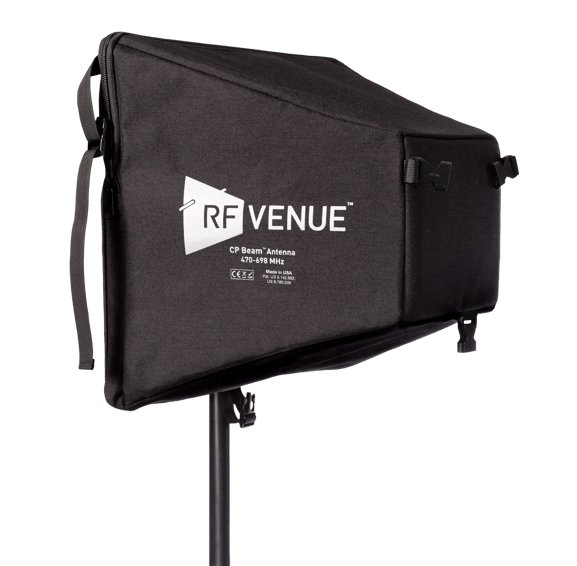
Key Features & Benefits
Circularly Polarized for a consistent signal
Higher gain reduces need for higher transmit power
Packout Friendly
About the Product
-
Target Audience and Venues
Wireless IEM users who need focused coverage and high gain in large live events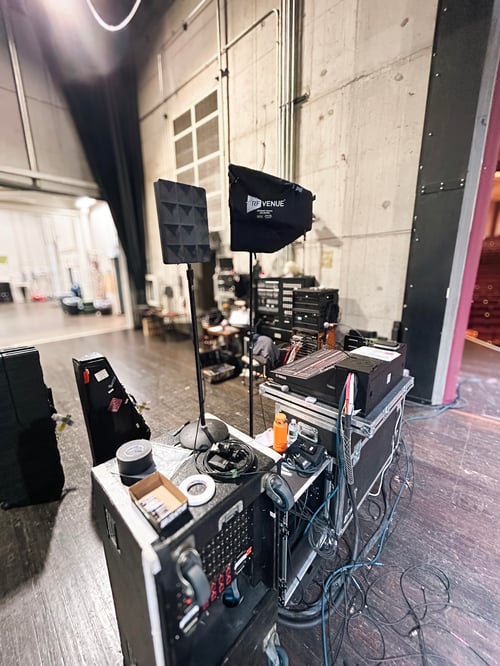
-
Pattern and Range
~70 degree beam pattern with typical range to 600'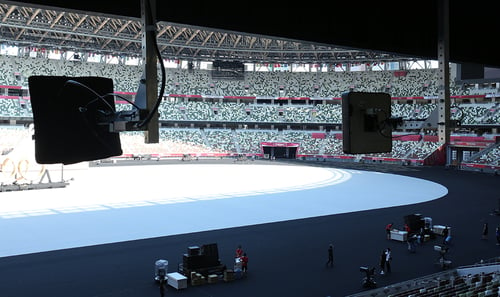
-
Placement Example
Put it at stage wings or front of house (FOH). Point at receivers (or where the talent is).jpg?width=500&name=cpb%20copy%20(1).jpg)
-
Available Packs & Parts
Bundled Packs Available:
COMB4CPB - CP Beam Antenna with stand mount and N-BNC connector, COMBINE4 Antenna Combiner with (4) BNC jumpers, (4) DC jumpers, and (1) AC power cable One 25' RG8X BNC cable
COMB6CPB - CP Beam Antenna COMBINE6 HDR 12V 40 Watt Power Supply IEC Power Cable Rack Ears (Short and Long) Half Rack Connecting Plate and Mounting Hardware (1) 25' RF Venue Low Loss Antenna Cable (1) 10 Pack 1.5' RF Venue Low Loss BNC Interconnect Cables
COMB8CPB - CP Beam Antenna with stand mount and N-BNC connector, (1) COMBINE8 Antenna Combiner, (1) RG8X25 Coaxial Cable, (8) BNC jumpers, (1) DC Octopus 8-Connector Power Distribution Cable, (1) AC power cable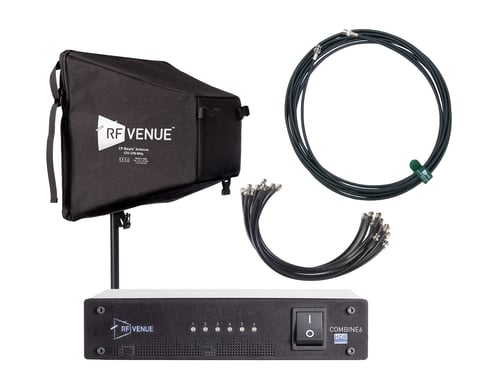
Wireless IEM users who need focused coverage and high gain in large live events

~70 degree beam pattern with typical range to 600'

Put it at stage wings or front of house (FOH). Point at receivers (or where the talent is)
.jpg?width=500&name=cpb%20copy%20(1).jpg)
Bundled Packs Available:
COMB4CPB - CP Beam Antenna with stand mount and N-BNC connector, COMBINE4 Antenna Combiner with (4) BNC jumpers, (4) DC jumpers, and (1) AC power cable One 25' RG8X BNC cable
COMB6CPB - CP Beam Antenna COMBINE6 HDR 12V 40 Watt Power Supply IEC Power Cable Rack Ears (Short and Long) Half Rack Connecting Plate and Mounting Hardware (1) 25' RF Venue Low Loss Antenna Cable (1) 10 Pack 1.5' RF Venue Low Loss BNC Interconnect Cables
COMB8CPB - CP Beam Antenna with stand mount and N-BNC connector, (1) COMBINE8 Antenna Combiner, (1) RG8X25 Coaxial Cable, (8) BNC jumpers, (1) DC Octopus 8-Connector Power Distribution Cable, (1) AC power cable

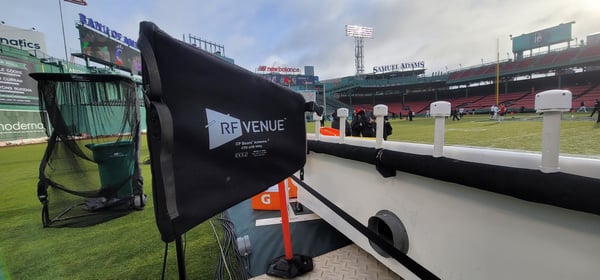
What Our Customers Have to Say
"We mounted the CP Beams on the platform so that coverage was optimal as the performers moved around the platform quite often and consistent coverage was critical as all monitoring was done through IEM's. By being able to provide antenna distribution systems that would operate consistently and that provide a repeatable outcome for IEM and other RF system was a goal that was met."
Eugene Mulcahy at The Music People
“RF Venue products are essential to our projects, bringing simplicity, reliability, and scalability to our designs and offering practical solutions for everyday RF challenges. DFin and CPBeam are on every job we do, and we're implementing the Architectural products more and more. We love it when technology disappears into a venue while powerfully supporting the artist's needs. That's the kind of near-magical outcome we strive for with every opportunity we are honored to serve.”
Darrell Smith at Smith Creative Technology
Product Setup
Using a combiner is especially important for transmitting devices like IEMs. Without it, multiple IEM transmitters in a rack, each with their own whip antenna transmitting on top of each other can be a disaster for your system. These antenna farms create noise and intermod problems that can wreak havoc not only on IEM performance but neighboring wireless microphones as well. The solution is a clean rack with an IEM combiner and helical antenna.
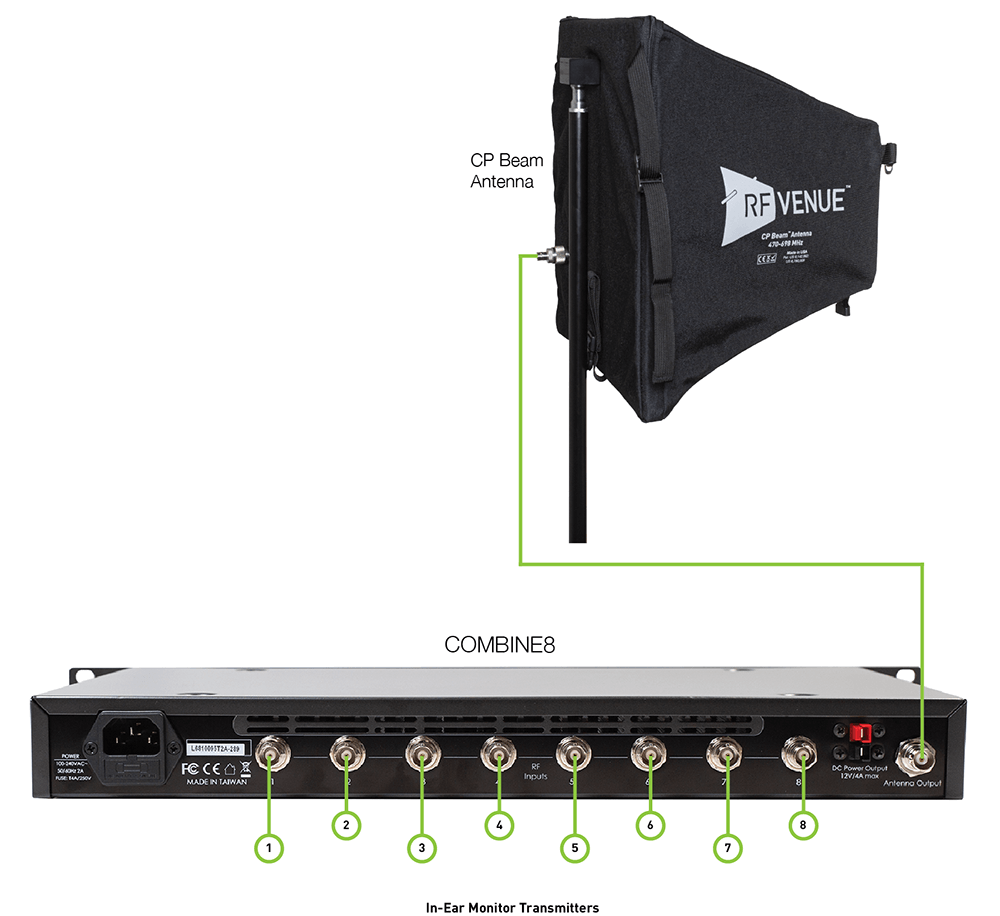
What's Included
SKU: CPB - CP Beam Antenna, N-BNC Adapter, Stand mount bracketRelated Videos
Specifications and Product Resources
View All ResourcesFrequently Asked Questions
What is the CP BEAM designed for?
The CP Beam provides all of the benefits of helical antennas in a lightweight, durable, folding form-factor.
The CP Beam provides all of the benefits of helical antennas in a lightweight, durable, folding form-factor. Helical or “multi-polarized” antennas provide higher gain due to their coverage pattern (narrow beam width), and superior protection against interference due to the circular polarization of the antenna element.
Why do circularly polarized (CP) antennas outperform paddle antennas?
CP antennas are overwhelmingly the antenna of choice for IEM transmission because the circular motion of the RF field emitted distributes the signal through all possible polarization angles. This removes the greatest risk of dropouts and noise, as most IEM belt packs are limited to a single whip antenna.
How do I set up a CP Beam for my IEM system?
For the best performance and easiest setup, when using multiple channels of IEM they should be connected to a combiner and then transmitted via a single CP antenna using the lowest gain setting that reliably works on your transmitters.
Related Products
View All ProductsMore from the blog
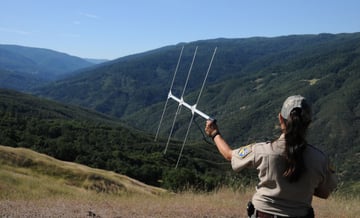
CP Beam Antenna
Hunting Down Interference
7 min read
| December 14, 2014
Read More
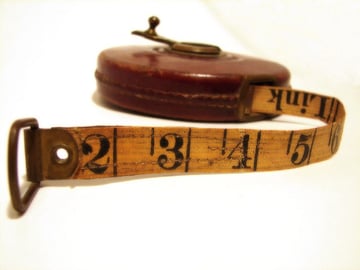
CP Beam Antenna
When it Comes to RF, Distance Plays Tricks with the Mind
3 min read
| December 15, 2014
Read More
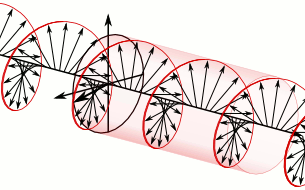
CP Beam Antenna
Why Helical Antennas Give Better Wireless In-Ear Monitor Reception
2 min read
| December 15, 2014
Read More

CP Beam Antenna
Harry Potter Yule Ball Case Study
4 min read
| February 28, 2023
Read More
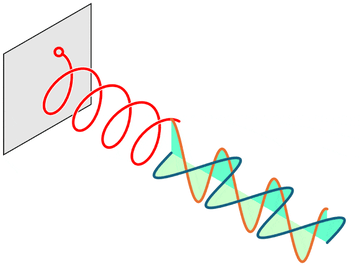
CP Beam Antenna
Circular Polarization for Beginners
5 min read
| September 19, 2024
Read More
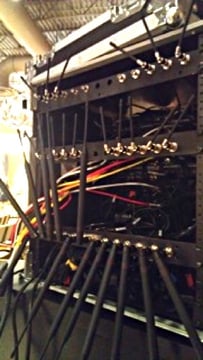
CP Beam Antenna
Are You a Wireless Microphone Antenna Farmer?
1 min read
| October 13, 2012
Read More
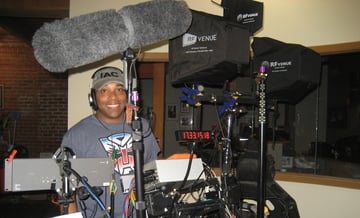
CP Beam Antenna
Dr. Marlowe Taylor Mixes Katherine Heigl Indie Comedy With RF Venue Antennas
4 min read
| December 14, 2014
Read More
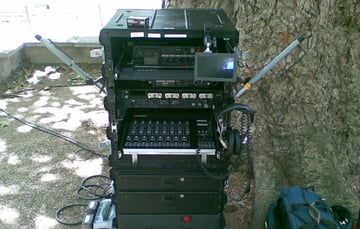
CP Beam Antenna
How Location Sound Operators Can Improve Wireless Microphone Reception with Directional Antennas
4 min read
| December 14, 2014
Read More
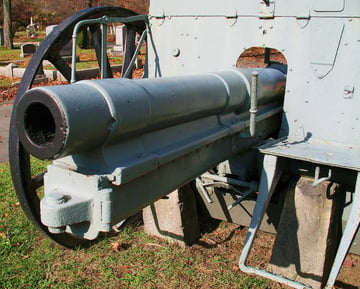
CP Beam Antenna
Eliminating Man-made Interference
4 min read
| December 15, 2014
Read More

